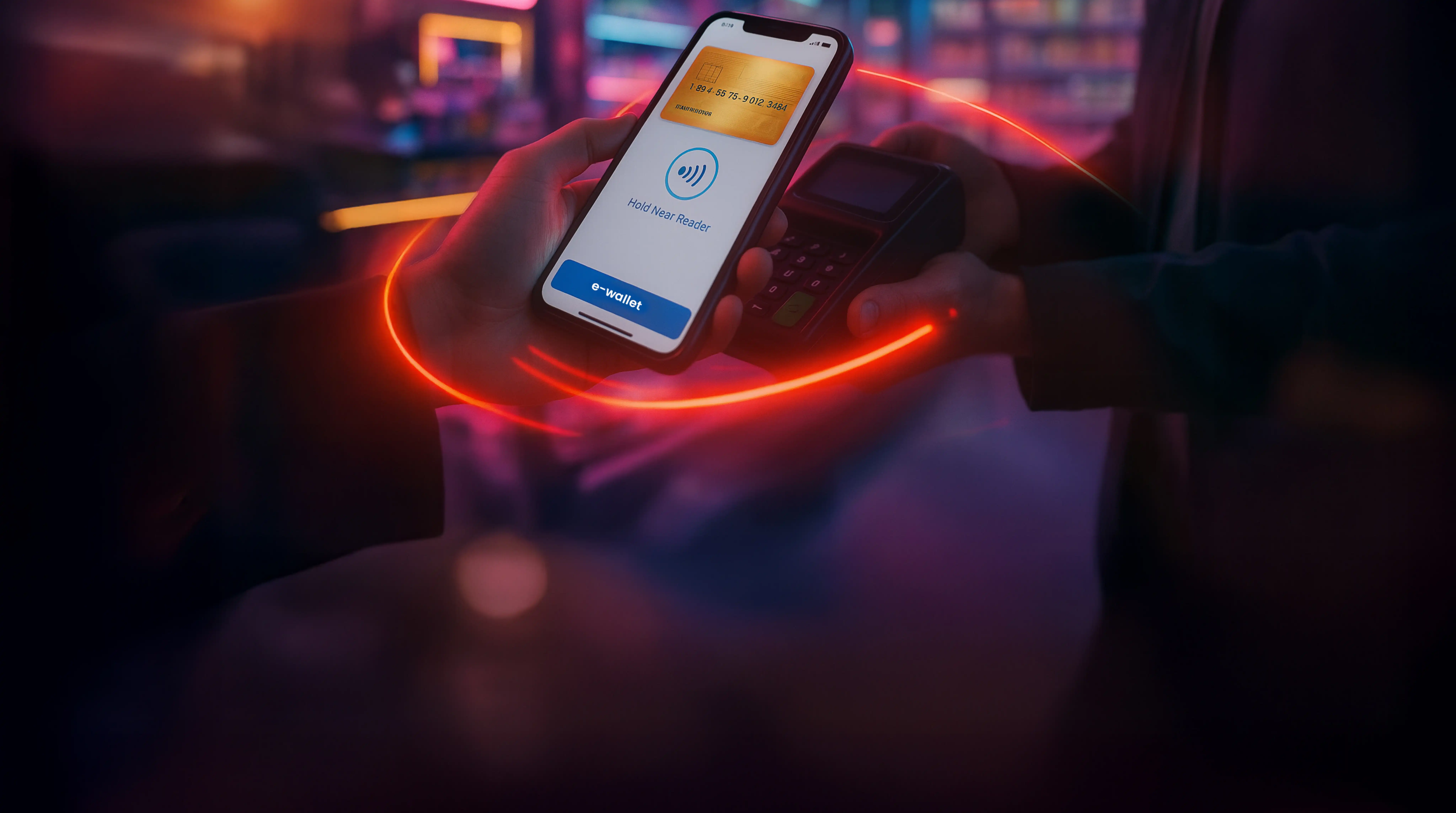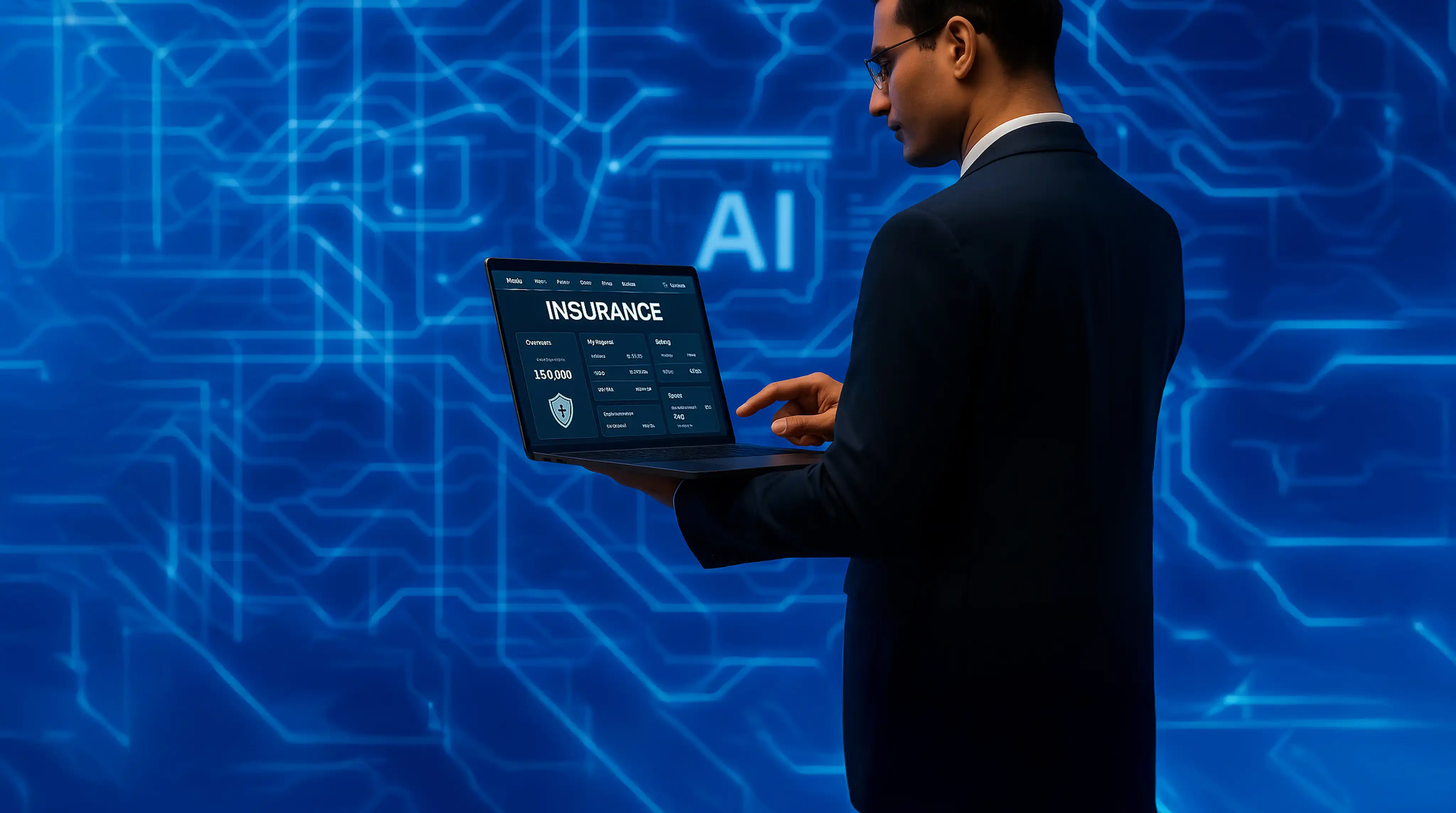Ambient Intelligence Transforming Healthcare Facilities
January 11, 2021
Ambient Intelligence is set to rise in its scope and potential as machine learning continues advancing and the number of IoT devices and sensors continue increasing.
Ambient Intelligence (AmI) is a new paradigm in information technology that’s rapidly transforming the healthcare industry. What started out as merely a concept – by tech company Philips, and European Commission’s Information Society and Technology Advisory Group (ISTAG) – in the 1990s is, today, an amalgamation of two, primary, disruptive technologies – Artificial Intelligence (AI) and Internet of Things (IoT). It is because of AmI that the world has witnessed impressive development in AI assistants like Siri, robotics, sensors and more. With thoughtful use, this technology is on the crux of disrupting healthcare too.
What is Ambient Intelligence?
Ambient Intelligence refers to the combination of IoT sensors, sensor networks, and Human-Computer Interaction (HCI) technologies powered by Pervasive-Ubiquitous Computing, big data and artificial intelligence frameworks. Or in simpler terms, they are physical spaces capable of being sensitive and responsive to the presence of humans. This technology paves the way to a futuristic world where sensors embedded in daily use devices will create an intelligent environment which adapts to its user’s needs and wishes seamlessly.
AmI can be leveraged in a wide range of technologies such as biometrics, affective computing, RFID, Bluetooth low energy, microchip implants, sensors like the thermometer, motion detectors, photo-detectors, proximity sensors, and nano-biometrics. These sensors will gather data, and interpret and analyze it to adjust to or predict user expectations.
Ambient intelligence-powered environments have the following characteristics:
- Awareness of individuals’ presence
- Recognition of their identities
- Awareness of the context (e.g. weather, traffic, news)
- Recognition of activities
- Adaptation to the changing needs of every individual
How Will It Help Healthcare?
Early applications of AmI could enable more efficient clinical workflows and improved patient safety in ICUs and operating rooms. It can –
- Help by recording patient health stats (with patient permission) and update the patient Electronic Medical Record (EMR) to provide a better and more accurate narrative.
- Aid health care workers (physicians and nurses) in delivering quality care by analyzing patient information like prior treatments, allergic responses of the patient and more.
- Help the elderly by remotely monitoring their health and enables them to have an independent living, in countries with a higher population of senior citizens. (Through Ambient Assisted Living (AAL) technology.)
- Enrich overall patient experience, physician satisfaction, and quality of care.
Smart Hospital Rooms
Ambient intelligence can pioneer smart hospital rooms equipped with AI systems that can do a range of things to improve outcomes. The School of Engineering at Stanford University is reportedly exploring how a combination of electronic sensors and artificial intelligence could be installed in hospital rooms and elder care homes to help medical professionals monitor and treat patients more effectively.
It suggests using two types of infrared technologies, i.e. the low-cost active infrared and passive detectors which can be incorporated into the patient environment. The first type of infrared is already being used outside hospital rooms, for instance, to discern whether a person washed their hands before entering and, if not, issue an alert. The second infrared technology, i.e. the passive detectors will help night vision goggles to create thermal images from the infrared rays generated by body heat.
In the hospital setting, a thermal sensor above an ICU bed would enable the governing AI to detect twitching or writhing beneath the sheets, and alert clinical team members to impending health crises without constantly going from room to room. During the research, passive detectors helped the team of researchers avoid relying on high-definition video sensors since capturing video imagery could unnecessarily infringe the privacy of clinicians and patients. Meanwhile, the active infrared helped them in tracking hospital-acquired nosocomial infections. Leveraging such ambient intelligence applications can also help in computer-assisted monitoring of patient mobilization in ICUs, and automating surgical tool counts to prevent objects from being accidentally left in a patient.
Takeaway
Ambient Intelligence is still emerging. Currently, it has already empowered users’ capabilities via the creation of a sensor-based environment which is sensitive, adaptive, and responsive to human needs, habits, gestures, and emotions.
In healthcare, it will help in numerous ways like continuous monitoring, smart hospitals, assisted therapy, etc. Not only that, but Ambient Intelligence is also on the threshold of disrupting businesses and industries like e-commerce, retail and more. With the proliferation of IoT devices, Ambient Intelligence will surge, however, company vendors should be careful about factors like data usage, privacy and overall security.
Source: www.analyticsinsight.net/how-is-ambient-intelligence-transforming-healthcare-facilities/


















